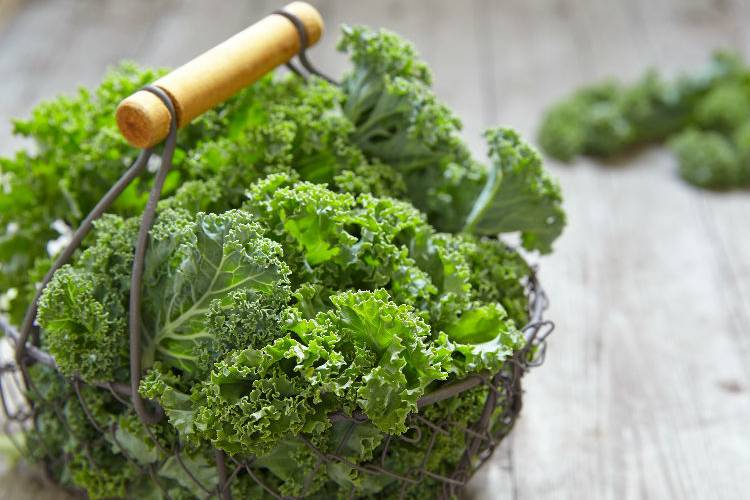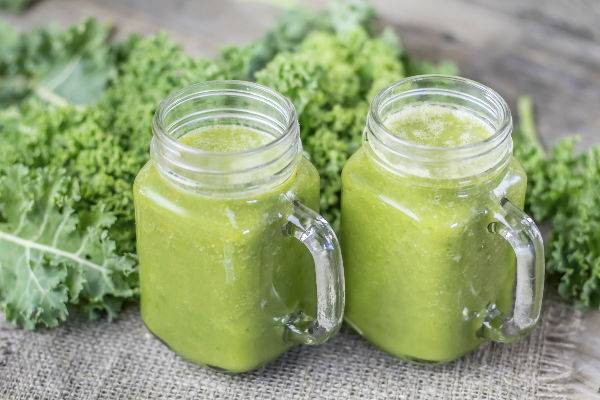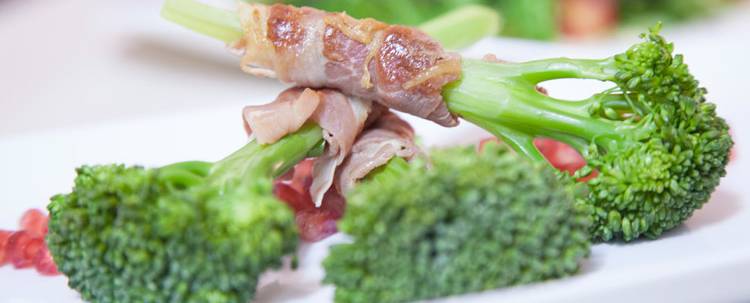Kale, the vegetable the whole world’s talking about
Kale is a vegetable that belongs to the cabbage family, and has been incredibly popular for a few years, above all for vegan and vegetarian diets and for detox smoothies. It’s no wonder. Kale contains more vitamin C than citric fruits and more calcium than cow’s milk, along with many other properties. That’s why many call it a ‘superfood’..
fresh food
Share

Its scientific name Brassica oleracea is native to Asia Minor, from where it came to Europe around 600AD. Kale is a kind of curly cabbage, sister to broccoli, cauliflower and Brussel sprouts. Although in Spain we’re still discovering it, in the United States kale has for many years been considered to be one of the most nutritious vegetables that exist. From the same family as the ‘bimi’, a cross between the Chinese cabbage and broccoli, kale has become the ‘it’ vegetable in no time at all.
In the United States kale has for many years been considered to be one of the most nutritious vegetables that exist.

A ‘superfood’
The properties of this cabbage are innumerable. Kale has a high content of water and is low in salt. It’s an important source of vitamin C, a great antioxidant, and K, which contributes to normal blood clotting. It also contains potassium and eases intestinal transit, for the quantity of fibre it contains.
Using it in the kitchen
• Raw in salads: it’s recommended for you to massage the leaves first to break the fibres and make them softer. It can also be boiled first.
• In juice: it can be liquified alone of along with other fruits and vegetables or boiled lightly so that it stays crunchy and can be used as a garnish. Don’t forget that the longer it’s boiling, the more nutrients it’ll lose.
• As a garnish for stews and soaps: boil it in soups like cabbage or any other kind of vegetable. And if little ones don’t like it, boil it and mix it with mash potatoes.
We invite you to prepare these very easy kale chips:







